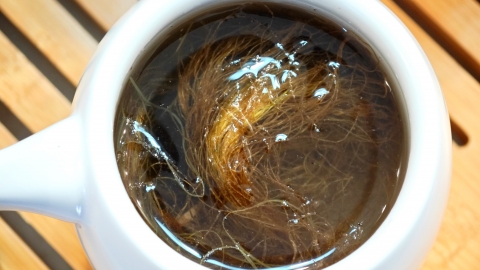Does corn silk tea really have a diuretic effect?
Generally speaking, corn silk tea really can have a diuretic effect. The detailed explanation is as follows:

Corn silk tea contains various active ingredients, such as flavonoids, corn silk pigment, and phytic acid. These components can exert multiple pharmacological effects within the body. Corn silk enters the kidney meridian and has a notable diuretic effect. It helps the body expel excess water and salt by promoting the production and excretion of urine, thus aiding in reducing symptoms such as edema and hypertension. Furthermore, the flavonoid substances in corn silk tea can enhance kidney metabolic function, further strengthening its diuretic effect.
Corn silk extract has a significant diuretic effect on the kidneys. Corn silk can help accelerate the excretion of ions such as sodium and potassium in the body, maintaining the body's electrolyte balance. It is recommended to place corn silk in a cup, pour boiling water over it, steep for 15 minutes, and then drink. Corn silk tea can be steeped multiple times and consumed frequently as a substitute for tea, or it can be boiled directly in water, filtered after decoction, and then consumed.
It is recommended to drink in moderation and avoid excessive consumption. Drinking too much may lead to some side effects, such as frequent urination and urgency. Additionally, special populations such as pregnant women, nursing mothers, and individuals suffering from liver disease or kidney disease should consume it cautiously under the guidance of a physician.









